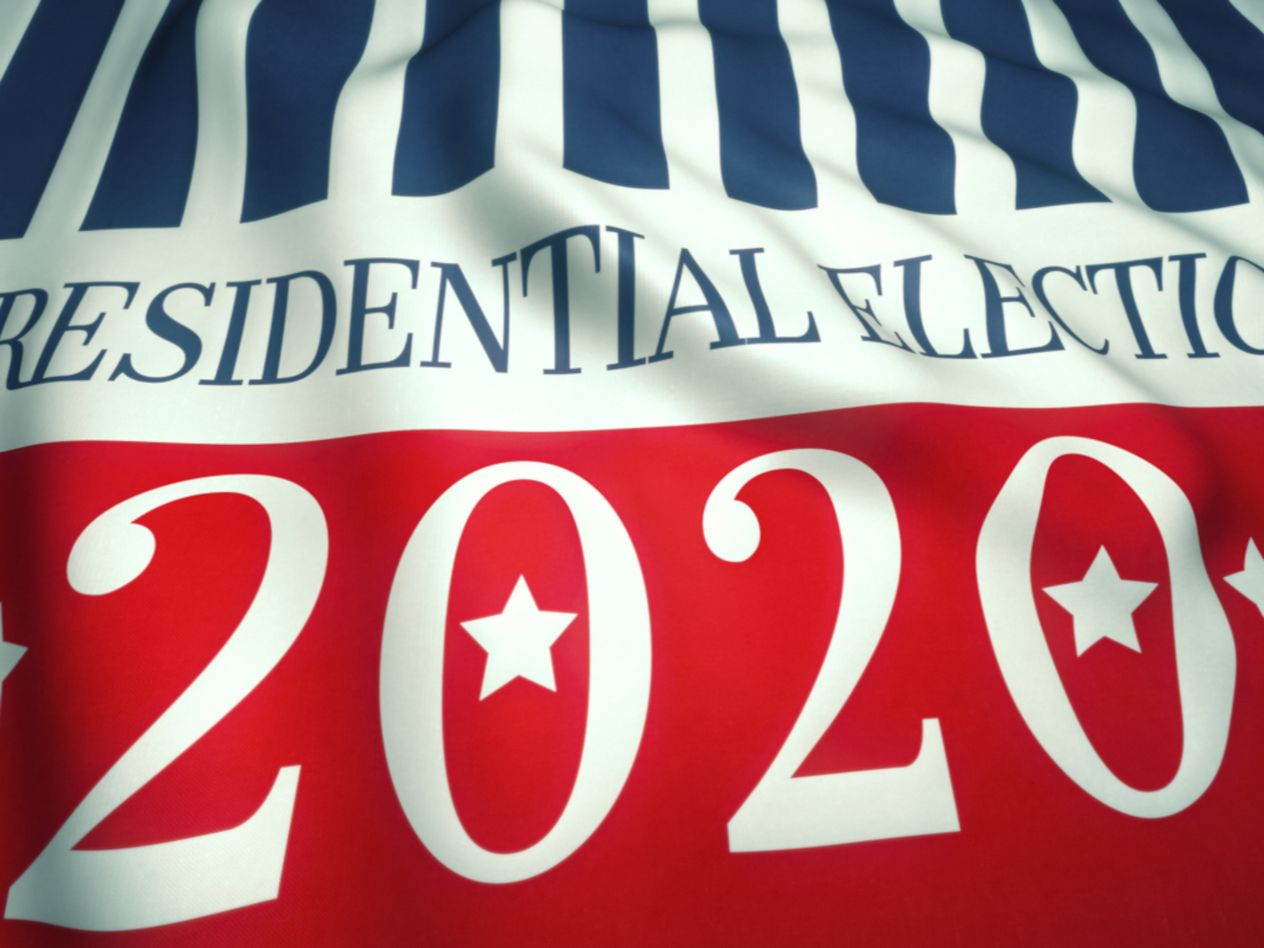Olin Expert: Pollsters lost touch with middle America
- November 16, 2020
- By Chuck Finder
- 3 minute read

Liberty Vittert looks at polls and the pollsters from a data-analytics perspective, given her statistical background. She is professor of practice in data analytics at Olin.
As she wrote Nov. 5 in a New York Daily News op-ed and Nov. 7 for Fox News, using a data lens she publicly foretold of Trump’s victory before it surprised the pollsters and oddsmakers in 2016, and she predicted in October how this 2020 balloting would go.

“The pollsters really did flub up 2016, and, unfortunately, they have not only not learned from their mistakes, but also flubbed up 2020 to an even more epic degree. While they did get it right that Biden would win, the error in their estimate of how much he would win by was off by an even bigger margin than 2016,” Vittert said. “So what happened?
“We have two main issues at play: shy/scared voters and a misunderstanding of approval ratings.
“First, pollsters greatly underestimated — and did this to a much greater extent in 2020 than in 2016 — the number of ‘shy’ voters. These are people who chose not to answer truthfully to the pollsters. I would argue that ‘shy’ is a misnomer, and the better terminology is ‘scared’ voters who are unwilling to risk the hassle, harassment and real-life, very serious downsides to admitting that they might vote for Trump.
“A study out of USC showed that if you ask voters who they think their neighbors or friends are going to vote for, instead of asking who they are going to vote for, then magically Biden’s 10-point lead shrunk by half to a 5-point lead.
It is clear this was a problem in 2016 and 2020. The real question is that with President Trump headed out of office will this be a problem with the polls in 2024?
Liberty Vittert
Approval ratings
“Second, there is one polling device that tends to be a very significant variable in pollster’s determination of which candidate is in the lead: approval ratings. While Trump has the lowest approval rating in history at only 41% — almost 15 percentage points below the average — we are missing two very important aspects of approval ratings.
“Approval ratings don’t compare between people, they simply ask if you approve of the president, meaning that while you may ‘disapprove’ of Trump, you could have potentially disapproved of Biden even more — meaning you would vote for Trump. More importantly, what the pollsters are missing is that it really doesn’t make sense to compare Trump’s approval ratings to past presidents because he already started off so low.
“Let me explain: Trump has the smallest difference in spread — highest and lowest — of approval ratings over time. He never varied by more than 13%; the next-lowest spread was President John F. Kennedy at 27%! This means that Trump has what is arguably the strongest base of any president since Franklin Delano Roosevelt. Furthermore, a simple analysis shows that Trump tended toward even higher approval ratings ever since he took office — a clear sign that his base wasn’t going anywhere and was, in fact, growing.
“These two issues were enough to have pollsters off by epic margins. So can we still trust them? If they finally fix their ways, we can trust them again, but they have a long way to go.”
Media inquiries
For assistance with media inquiries and to find faculty experts, please contact Washington University Marketing & Communications.
Monday–Friday, 8:30 to 5 p.m.
Sara Savat
Senior News Director, Business and Social Sciences
